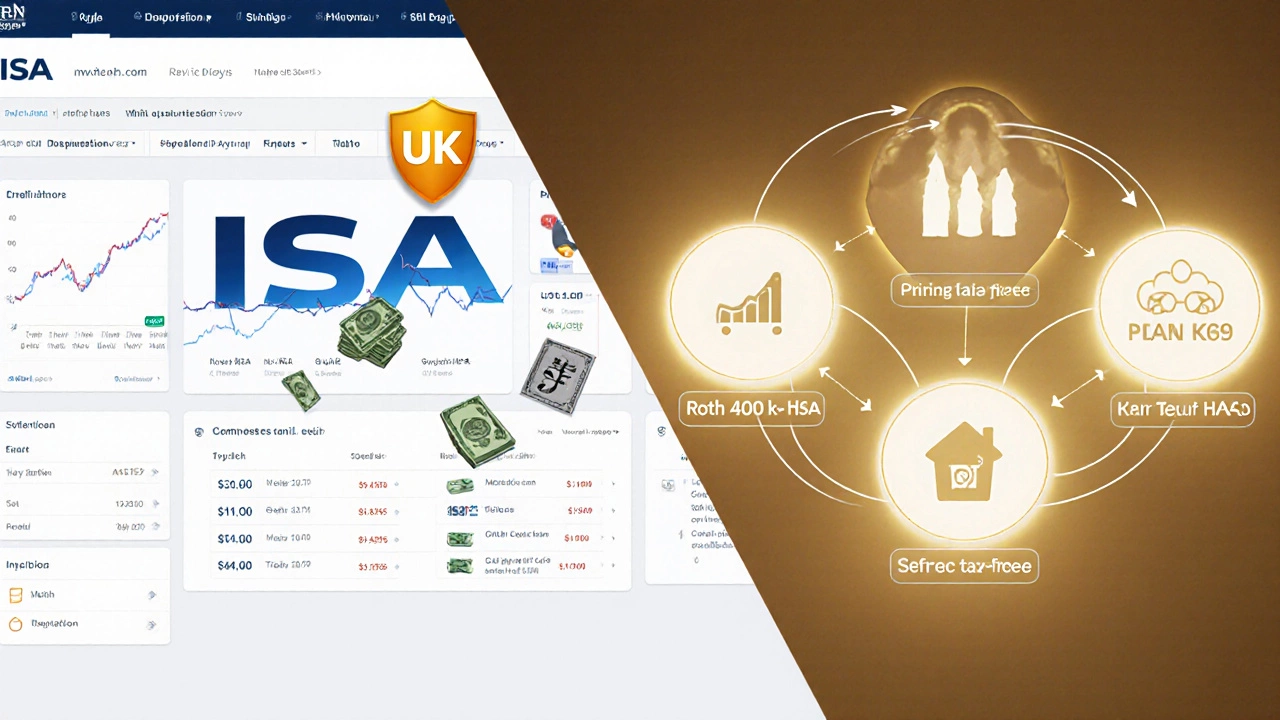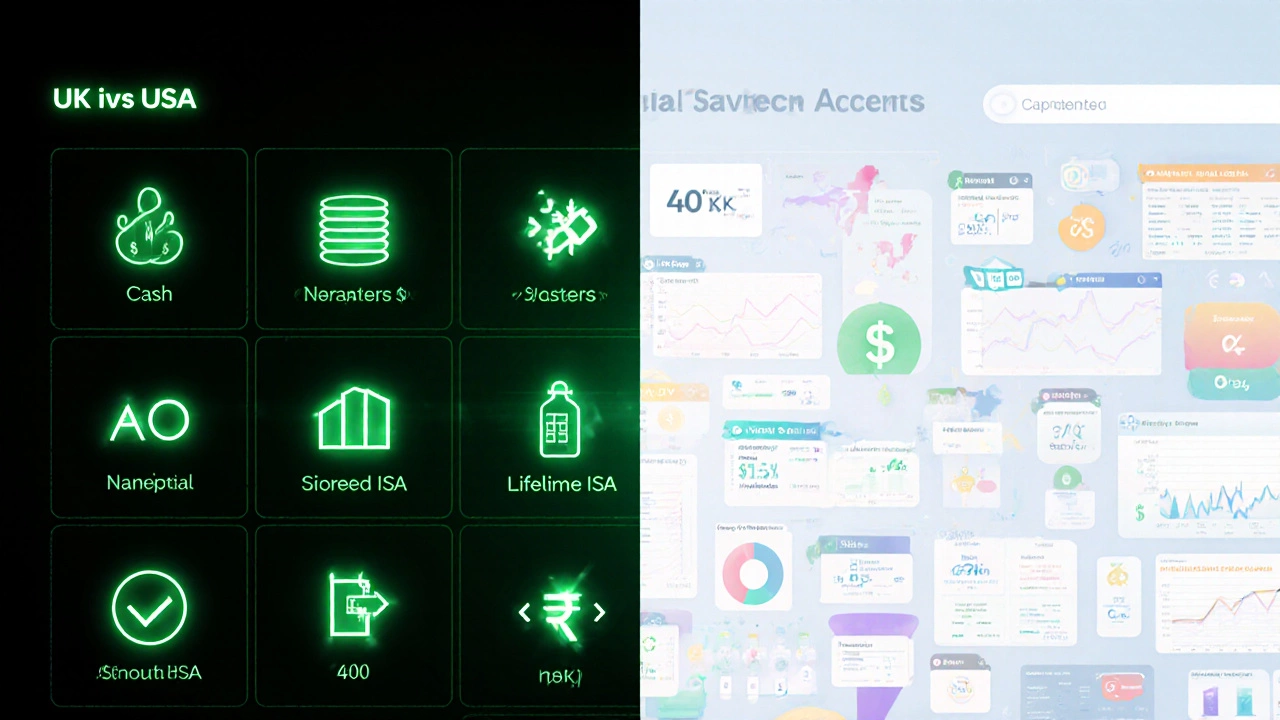Tax‑Free Savings: How to Make Your Money Work Harder
Ever wish you could keep every penny of the interest you earn? In the UK, a tax‑free savings account does exactly that. It’s called an ISA – Individual Savings Account – and it lets you earn interest, dividends, or capital gains without paying tax. The result? More money stays in your pocket, and you get to watch your balance grow faster.
Choosing the Right ISA for You
There are four main types of ISAs: Cash ISA, Stocks & Shares ISA, Innovative Finance ISA, and Lifetime ISA. A Cash ISA works like a regular savings account but the interest is tax‑free. If you’re happy with low‑risk, predictable returns, this is the easiest start. Look for the best cash‑ISA rates – many banks now advertise 7% or higher for short‑term “fixed‑rate” offers, but watch the terms. Some require you to lock your money for a year or more.
Stocks & Shares ISAs let you invest in shares, bonds, or funds. The risk is higher, but the upside can be huge, especially if you have a long‑term horizon. A Lifetime ISA is a hybrid: you can save up to £4,000 a year for a first home or retirement and the government tops up 25% of what you put in. That’s a built‑in, tax‑free boost you can’t ignore if you qualify.
Choosing the right one depends on three things: your risk appetite, when you’ll need the money, and how much you can contribute each year. You can also split your allowance across different ISAs – for example, put £3,000 in a Cash ISA for an emergency fund and £1,000 in a Stocks & Shares ISA for growth.
Tips to Maximise Your Tax‑Free Returns
1. Use the full annual allowance. The government lets you put up to £20,000 into ISAs each tax year (2025/26). Even if you can only spare a few hundred pounds, topping up regularly adds up thanks to compound interest.
2. Shop around for the best rates. High‑interest offers pop up often, especially with newer digital banks. Compare the headline rate, but also check any fees or early‑withdrawal penalties. A slightly lower rate with no exit fee can be smarter in the long run.
3. Keep an eye on the “fixed‑rate” period. Some 7% cash‑ISA deals lock your money for 12‑24 months. If rates are falling, that lock‑in can be a win. If rates are rising, you might lose out. Decide whether you value certainty or flexibility.
4. Re‑invest your interest. Many ISAs automatically add earned interest to the balance, which then earns interest itself. This compounding effect is a silent growth engine – don’t withdraw unless you need to.
5. Review your portfolio annually. Your life changes, and so should your savings mix. If you’re getting closer to buying a house, shifting more into a Cash ISA can protect you from market dips. If you have a longer runway, consider increasing your Stocks & Shares exposure for higher potential returns.
Finally, remember that tax‑free savings aren’t a magic bullet. They work best when combined with a solid budget, an emergency fund, and a clear financial goal. Start with a simple Cash ISA, watch the interest pile up, then explore the other types as your confidence grows. By staying informed and making small, consistent moves, you’ll turn the tax‑free advantage into real, lasting wealth.
What Is the US Version of an ISA? Tax-Advantaged Accounts Explained

The US doesn't have a direct equivalent to the UK's ISA, but Roth IRAs, Roth 401(k)s, and HSAs together offer similar tax-free growth. Learn how to combine them for maximum savings freedom.
Read More >>Does the US Have ISA Accounts? Here’s What Americans Actually Use Instead

The US doesn't have ISA accounts, but Americans have powerful tax-advantaged alternatives like Roth IRAs, HSAs, and 401(k)s. Learn how to save tax-free in the US without an ISA.
Read More >>Is an ISA a Good Investment? Benefits, Risks & How to Choose

Find out if an ISA is a smart investment. Compare cash, stocks&shares, and lifetime ISAs, weigh tax benefits, risks, and get practical tips.
Read More >>